- BY Rex Plastics
- POSTED IN Product Development
- WITH 2 COMMENTS
- PERMALINK
- STANDARD POST TYPE
Rex Plastics Product Development
Plastic Part Design Fundamentals
Injection Molding
Plastic design is the building block of plastics manufacturing, and can make or break not only the initial investment required to get a product launched, but the long term profitability of that product. In this series we will discuss the fundamentals of this very important component of product development.
The phrase “Design For Manufacturing (DFM)” describes the affect a product’s design has on its ability to be mass produced. If a product is too thick, has undercuts or insufficient draft, or poorly designed features, it will increase cost, slow production, and create other delays in getting your product to market.
Thickness
If a plastic part is too thick or has an uneven wall thickness, excess shrink, sink, internal bubbles and voids, and poor cosmetics are possible. This is a result of the plastic cooling from a molten state to a solid, room temperature state.
“Coring out” a part will eliminate the issues listed above. The idea behind coring out is to simply remove material from a plastic part, leaving a distinct rib structure behind. Ribs not only provide structural integrity to the part but also provide mating surfaces for other parts in the assembly if needed. Other advantages of coring out a part are reduced weight and production time and therefore cost. How a part is cored out will affect the strength. Leaving ribs in the right location or direction, particularly in bending, will maintain strength throughout the part and improve cosmetics.
Undercuts
Undercuts can be thought of as any indentation, protrusion, or hole that prohibits the injection mold from opening and ejecting the part in a linear motion. Undercuts often add significant cost to the mold as well as increased lead times. Many times undercuts can be eliminated with clever plastic design. This will provide a more efficient mold design and save tooling costs.
Below are a couple examples of undercuts. If a product can be modified to eliminate these features, it can save significant time and money.
As you can see, and as explained in our previous post The Value Of Plastic Part Design, having the proper plastic design is critical to product development, and having it optimized before tooling is made can save exponential costs later in the product cycle.
In our next article we will discuss draft, sink and warp, and surface finishes.
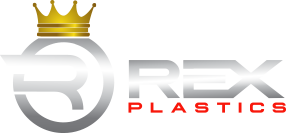
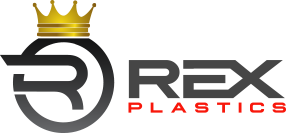
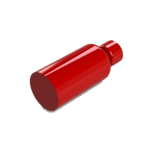
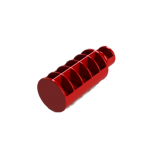
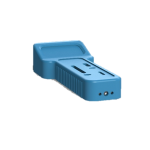

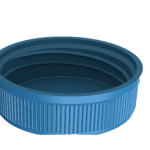

Thanks for helping me learn more about plastic design. I actually didn’t know that coring out a part of the plastic can help prevent any internal bubbles and voids. I’m kind of interested to learn more about how this coring out process is done or how to accurately measure it to make sure you still have a functional design.
The blog “Fundamentals of Plastic Part Design – Part 1: Injection Molding” provides an excellent introduction to the principles underlying injection molding processes. The author effectively outlines critical design considerations, such as material selection, mold design, and part geometry, making it a valuable resource for engineers and designers alike. The clear explanations and practical insights enhance the reader’s understanding of how to optimize designs for injection molding. Thank you for sharing this foundational knowledge, and I hope to see more comprehensive posts on plastic part design in the future!